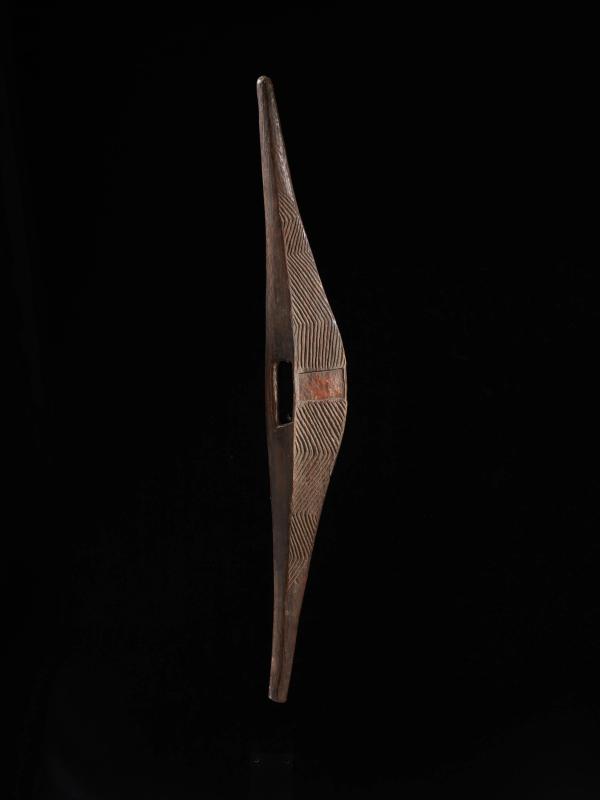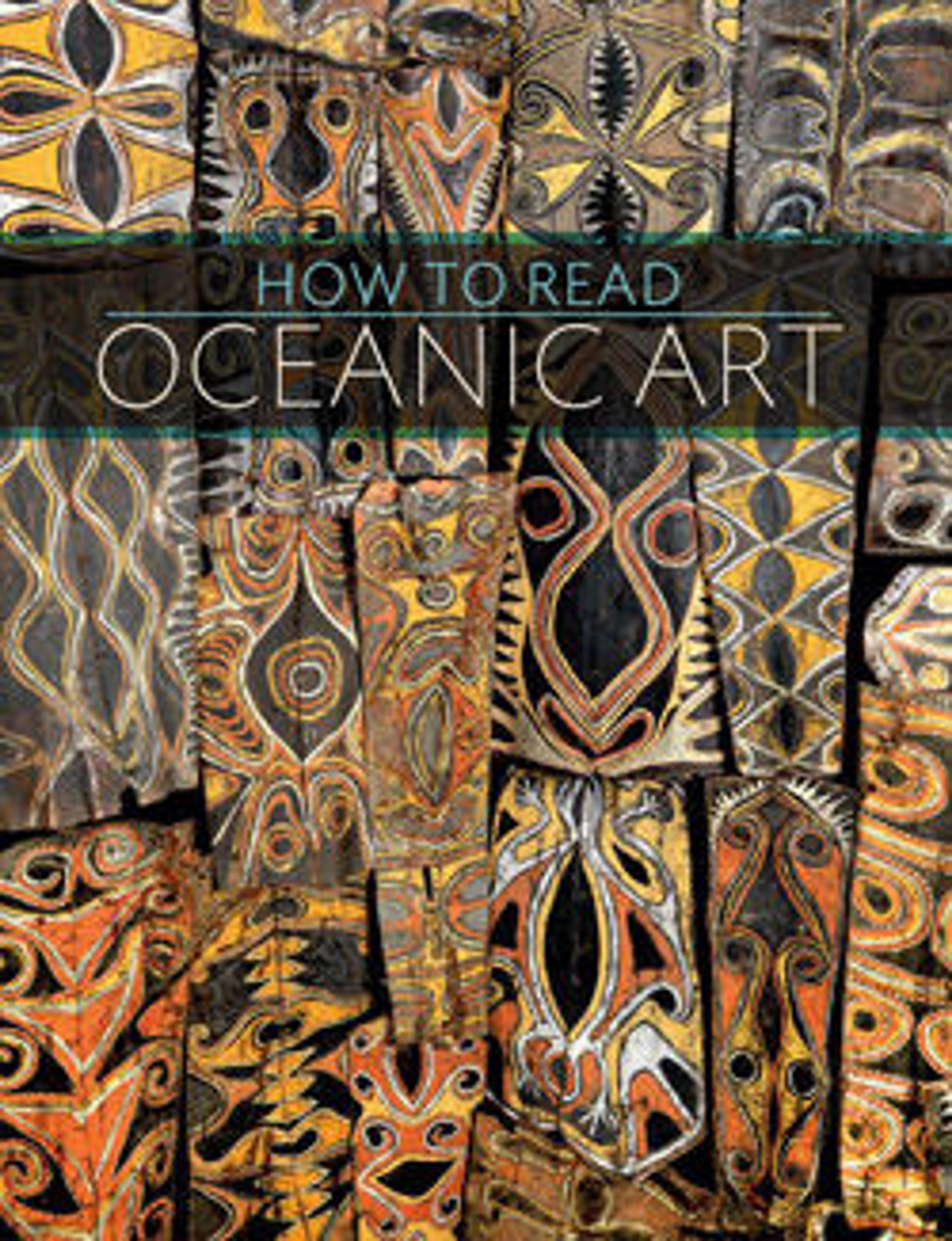Parrying Shield
Artwork Details
- Title:Parrying Shield
- Artist:Aboriginal artist
- Date:19th century
- Geography:Australia, New South Wales or Victoria, Lower Murray River region
- Culture:Lower Murray River region
- Medium:Wood
- Dimensions:H. 31 1/8 in. × W. 2 in. × D. 4 1/4 in. (79.1 × 5.1 × 10.8 cm)
- Classification:Wood-Implements
- Credit Line:The Michael C. Rockefeller Memorial Collection, Gift of Mr. and Mrs. John J. Klejman, 1965
- Object Number:1978.412.866
- Curatorial Department: The Michael C. Rockefeller Wing
Audio

1781. Parrying shields, Aboriginal artists
Uncle Brendan Kennedy
UNCLE BRENDAN KENNEDY: We’ve had anthropologists and archaeologists and museums telling the story about us, in another language and from another spirit. When we are creating our culture and art, it’s coming from the very center of who we are and where we are and where we’re from and what we mean.
Brendan Kennedy, Dindi Thangi Wudungi. Kennedy’s my European name.
KATERINA TEAIWA (NARRATOR): Uncle Brendan Kennedy creates contemporary shields. He’s continuing the ancestral tradition embodied in these older shields.
UNCLE BRENDAN KENNEDY: They represent not only a weapon, but also a symbol of status not only for that person, but for that person’s clan, family, language groups, and tribal nations. So they’re quite a very strong, powerful symbolism.
KATERINA TEAIWA: Uncle Brendan knows firsthand just how much work goes into these etched designs.
UNCLE BRENDAN KENNEDY: It really takes a long time. Well, it’s long for us, because we live in the modern world where we’re running on a clock. But in the old times, they would work on it for whatever amount of time that they felt till it was ready.
The act of actually carving in the design is something quite different than any other part of our culture. It’s very, very special. Very meaningful. Very purposeful. It’s like today how people write, I think, so as we don’t forget it. You know? (Laughs)
I suppose my mantra is that colonizers continue to remove the evidence that our ancestors ever existed in the first place on this continent. Remove our past by removing the objects off country, which you have some over there. So my sort of campaign is to continue to create our culture.
To say, well, we’re still here, and we’re still strong, and how wonderful our race of people are, always have been, always will be, always was, always will be.
KATERINA TEAIWA: Which raises the question… do objects like these belong in a museum?
UNCLE BRENDAN KENNEDY: When they’re on our country, they're alive, and they’re living through all their dimensions, they’re ancestral, spiritual beings. So that’s quite different than living in a collection.
Hence, we want those back. Back into the landscape, back to the people.
More Artwork
Research Resources
The Met provides unparalleled resources for research and welcomes an international community of students and scholars. The Met's Open Access API is where creators and researchers can connect to the The Met collection. Open Access data and public domain images are available for unrestricted commercial and noncommercial use without permission or fee.
To request images under copyright and other restrictions, please use this Image Request form.
Feedback
We continue to research and examine historical and cultural context for objects in The Met collection. If you have comments or questions about this object record, please contact us using the form below. The Museum looks forward to receiving your comments.
